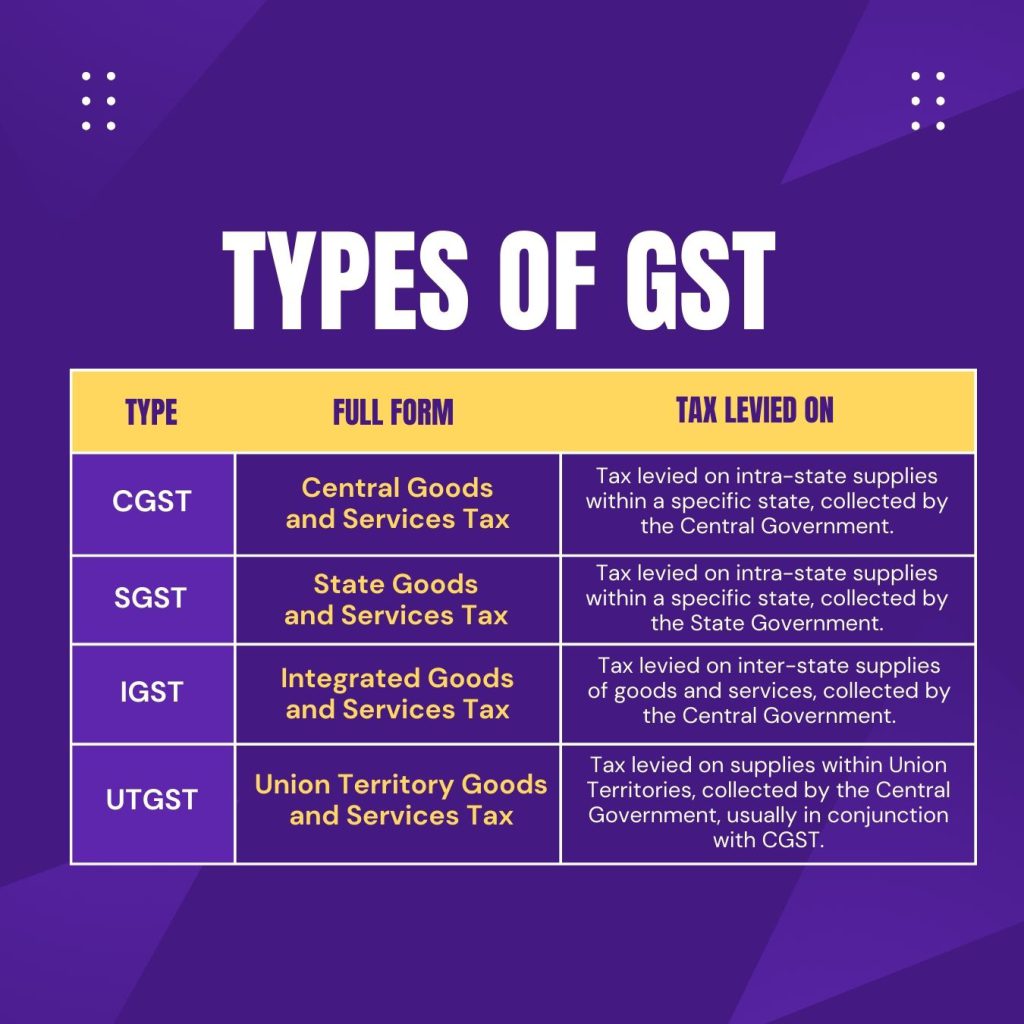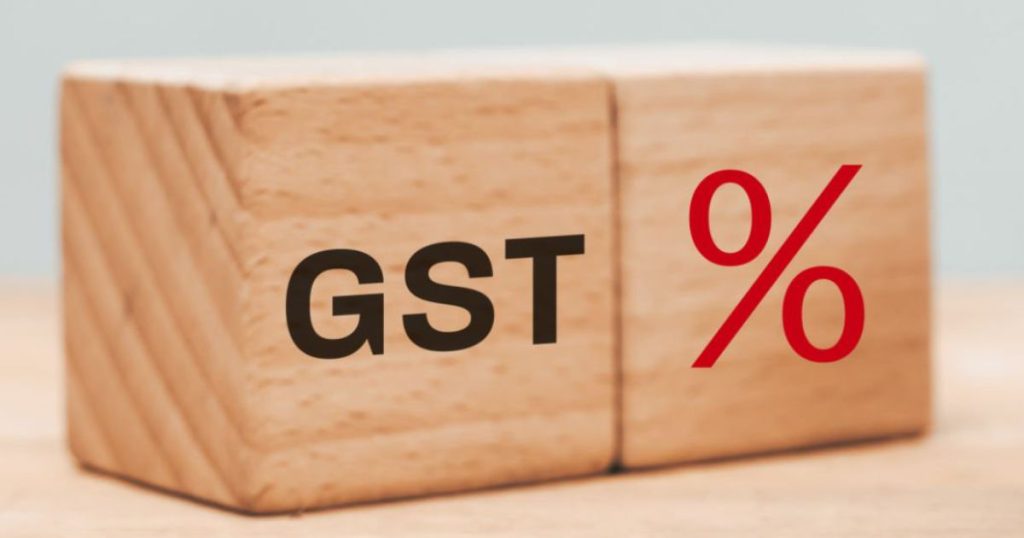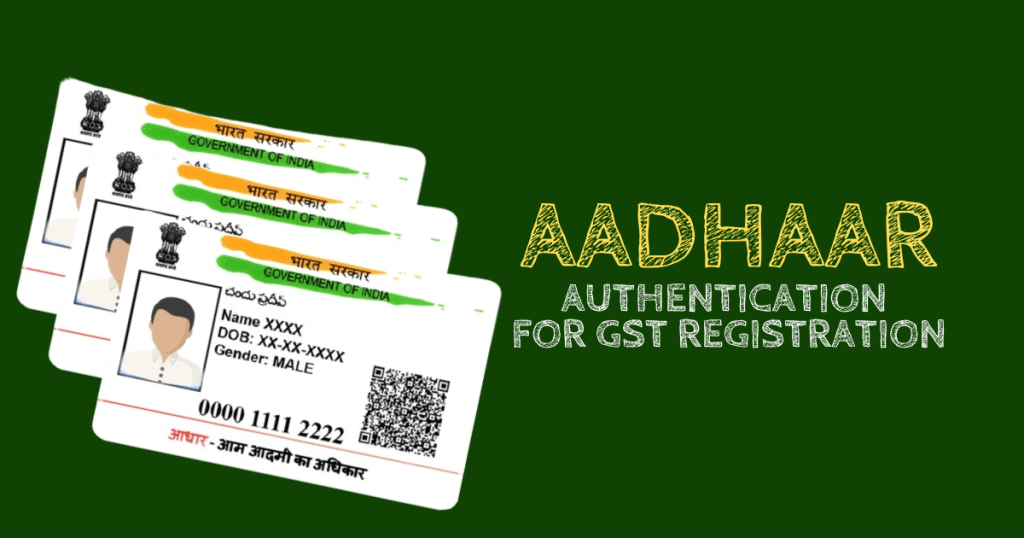The full form of GST is Goods and Services Tax. which is a comprehensive indirect tax levied on the supply of goods and services in India.
Indirect tax
Indirect tax, indirectly imposed on individual’s income but on goods and services.
These are borne by the end customer, as they are included in the prices of goods and services.
History of GST
In India, the journey for implementing GST began in 2014 when the Finance Minister, Mr. Arun Jaitley, introduced the Constitution Amendment Bill.
The bill was passed in May 2015, leading to the introduction of the dual tax structure system in 2017.
The Integrated GST Bill, Union Territory GST Bill, Central GST Bill, and GST (Compensation to States) Bill are passed by the Indian Parliament by April 20, 2017.
On July 1, 2017, GST was officially applicable in India.
Types of GST and Its Full Forms

GST Full Form in Different Language
| GST in Arabic | ضريبة السلع والخدمات |
| GST in Bengali | পণ্য ও পরিষেবা কর |
| GST in English | Goods and Services Tax |
| GST in Gujarati | સામાન અને સેવાઓ કર |
| GST in Hindi | वस्तु एवं सेवा कर |
| GST in Kannada | ಸರಕು ಮತ್ತು ಸೇ ವಾ ತೆರಿಗೆ |
| GST in Malayalam | വസ്തുക്കളും സേവന നികുതിയും |
| GST in Marathi | वस्तू आणि सेवा कर |
| GST in Nepali | सामान र सेवा कर |
| GST in Punjabi | ਗੁਡਸ ਐਂਡ ਸਰਵਿਸਿਜ਼ ਟੈਕਸ |
| GST in Sindhi | سامان ۽ خدمتون ٽيڪس |
| GST in Tamil | பொருட்கள் மற்றும் சேவைகள் வரி |
| GST in Telugu | వస్తువులు మరియు సేవల పన్ను |
| GST in Urdu | سامان اور خدمات ٹیکس |
Purpose of Introduction of GST in India
GST has replaced multiple indirect taxes like VAT, service tax, excise duty, and others with a single unified tax. The tax is levied at each stage of the production and distribution chain, with the benefit of input tax credit passed on to the final consumer. GST aims to eliminate tax cascading, reduce complexities, and create a more transparent and efficient taxation system.
GST rates in India
| Rate | Breakup Percentage | Example |
| 0% GST | Nil | Milk, Egg, Salt. |
| 3% GST | 1.5% SGST, 1.5% CGST | Coins, Gold, Silver, Platinum |
| 5% GST | 2.5% SGST, 2.5% CGST | Sugar, Tea, Spices. |
| 12% GST | 6% SGST, 6% CGST | Butter, Almonds, Fruit Juice. |
| 18% GST | 9% SGST, 9% CGST | Soap, Hair oil. Toothpaste. |
| 28% GST | 14% SGST, 14% CGST | cigarettes, AC and Fridge, Luxury items |
FAQs
Who are require to collects GST?
The GST collected by the Central and State Governments in India.
Why did GST Implemented in India?
GST implemented to replaced multiple indirect taxes levied by the Central and State Governments and for promoting the concept of “One Nation, One Tax.”
Who are require to register for GST?
A Person carrying on businesses with an annual turnover exceeding the threshold limit of ₹20 lakhs.
What are the returns can i file under GST?
GSTR-1 – For outward supplies of taxable goods and service.
GSTR-3B – Summary of outward & inward supplies.
GSTR-9- Annual return.
Additional returns like GSTR-4, GSTR-5, etc., for specific cases.
How can i file GST returns?
GST returns can be file online through the GST portal (www.gst.gov.in).


